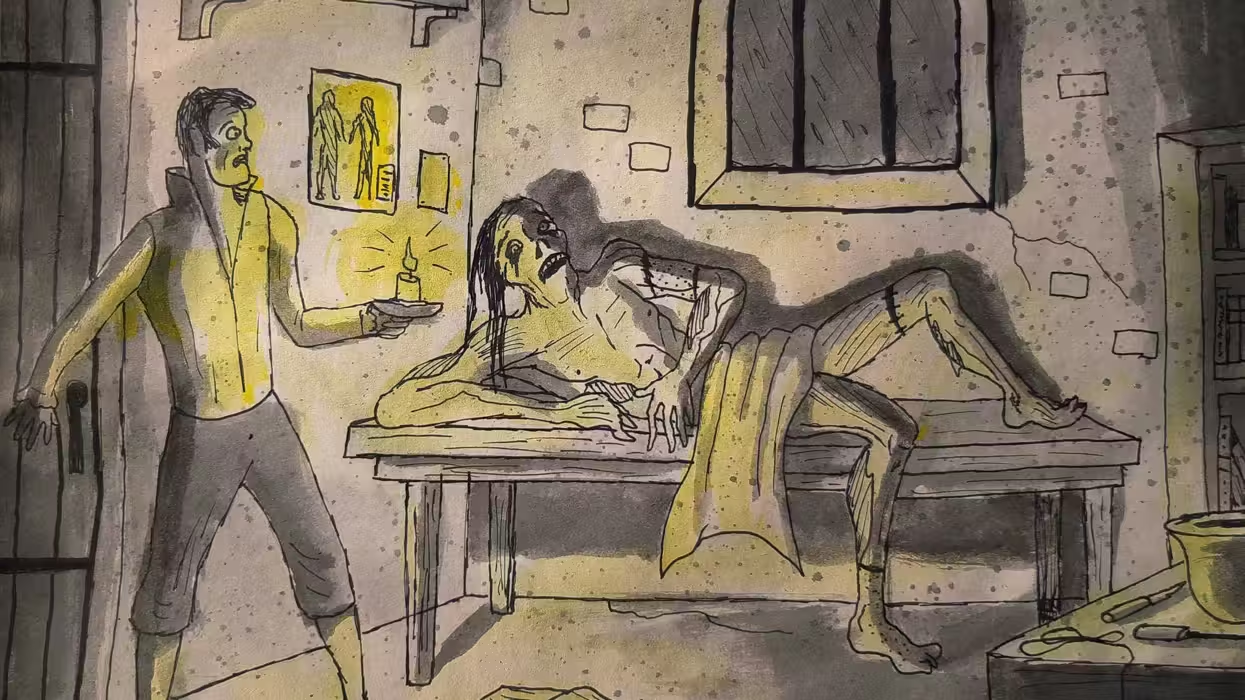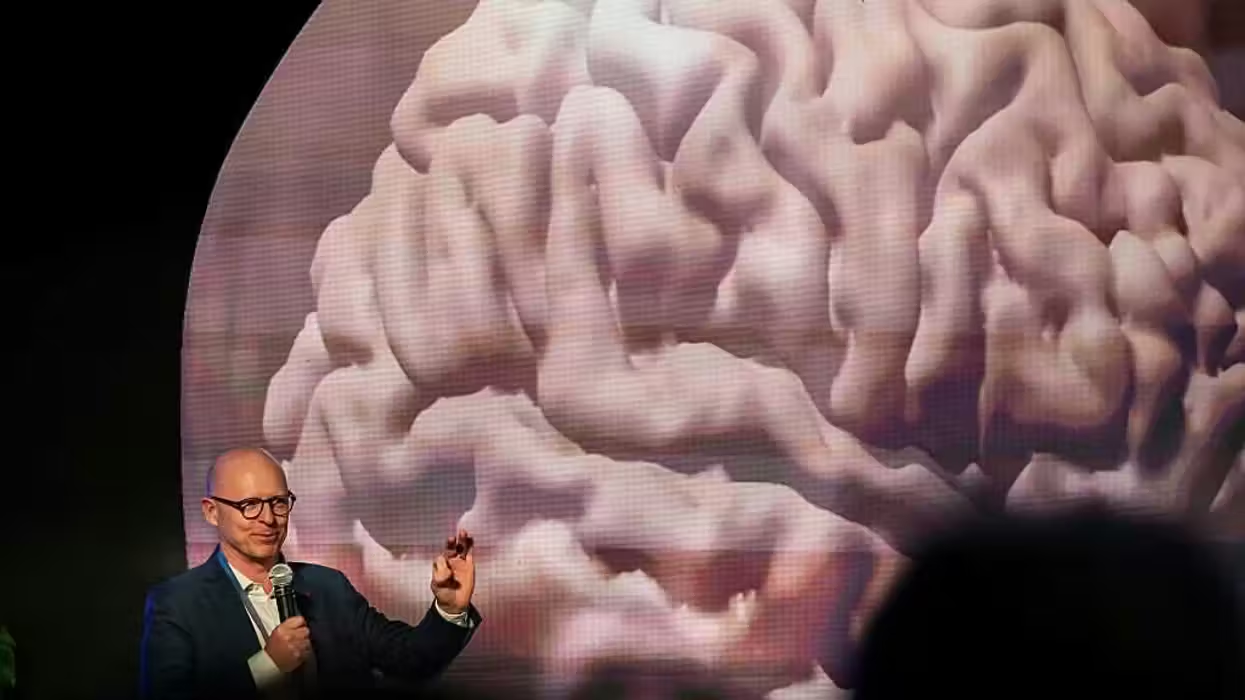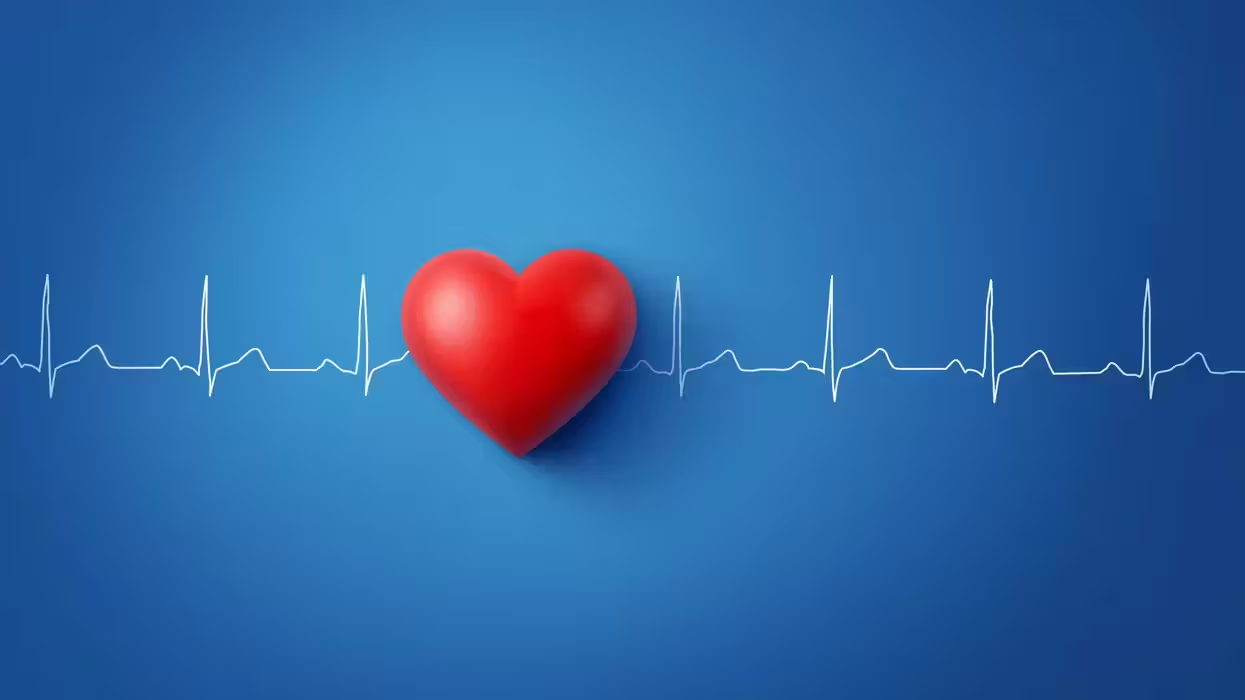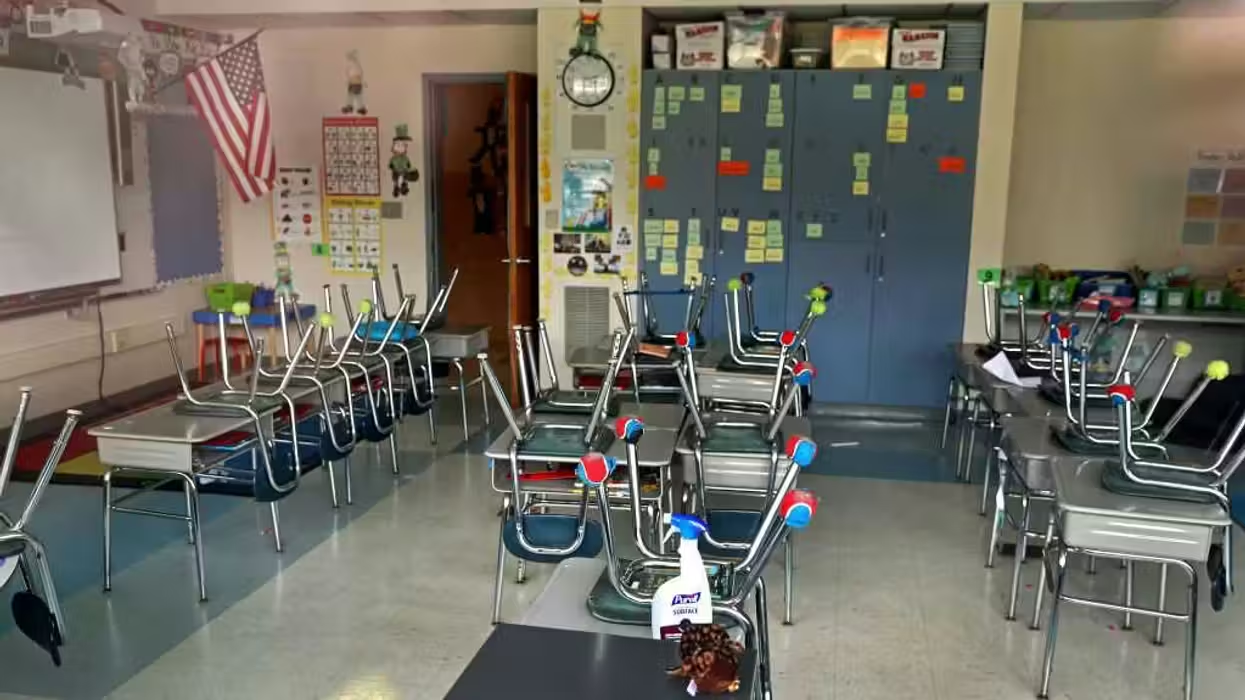
© 2025 Blaze Media LLC. All rights reserved.
Here at TheBlaze we've extensively covered the development of 3D printing technology, including its ability to produce firearms and ammo and even embryonic stem cells. I've also posted on the blog about NASA's experiments using the industrial science to "print" food for astronauts in space.
Now, in a medical first, doctors have successfully used a 3D laser printer to save this little boy's life:
 (Image: AP)
(Image: AP)
Find out how after the jump!
Kaiba Gionfriddo was born with a serious birth defect that made breathing difficult on a regular basis. According to the Associated Press, the Ohio boy's airway would periodically collapse, causing his breathing (and his heart) to stop. Doctors in Michigan had been looking for a way to successfully implant an artificial airway that would keep Kaiba alive and relieve the worry his parents lived through on a daily basis.
The answer, the doctors found, was in 3D printing. When he was just 3 months old, doctors successfully used a 3D laser printer to create an airway splint -- the first of its kind:
In a single day, they “printed out” 100 tiny tubes, using computer-guided lasers to stack and fuse thin layers of plastic instead of paper and ink to form various shapes and sizes. The next day, with special permission from the Food and Drug Administration, they implanted one of these tubes in Kaiba, the first time this has been done.Suddenly, a baby that doctors had said would probably not leave the hospital alive could breathe normally for the first time...

Now, more than a year later, doctors marvel at Kaiba's comeback. At 19 months old, he's thriving and ready to have the artificial tracheotomy tube removed.
“He’s a pretty healthy kid right now,” said Dr. Glenn Green, a pediatric ear, nose and throat specialist at C.S. Mott Children’s Hospital of the University of Michigan in Ann Arbor, where the operation was done. It’s described in Thursday’s New England Journal of Medicine.Independent experts praised the work and the potential for 3-D printing to create more body parts to solve unmet medical needs.
“It’s the wave of the future,” said Dr. Robert Weatherly, a pediatric specialist at the University of Missouri in Kansas City. “I’m impressed by what they were able to accomplish.”
Want to leave a tip?
We answer to you. Help keep our content free of advertisers and big tech censorship by leaving a tip today.
Want to join the conversation?
Already a subscriber?
more stories
Sign up for the Blaze newsletter
By signing up, you agree to our Privacy Policy and Terms of Use, and agree to receive content that may sometimes include advertisements. You may opt out at any time.
Related Content
© 2025 Blaze Media LLC. All rights reserved.
Get the stories that matter most delivered directly to your inbox.
By signing up, you agree to our Privacy Policy and Terms of Use, and agree to receive content that may sometimes include advertisements. You may opt out at any time.





